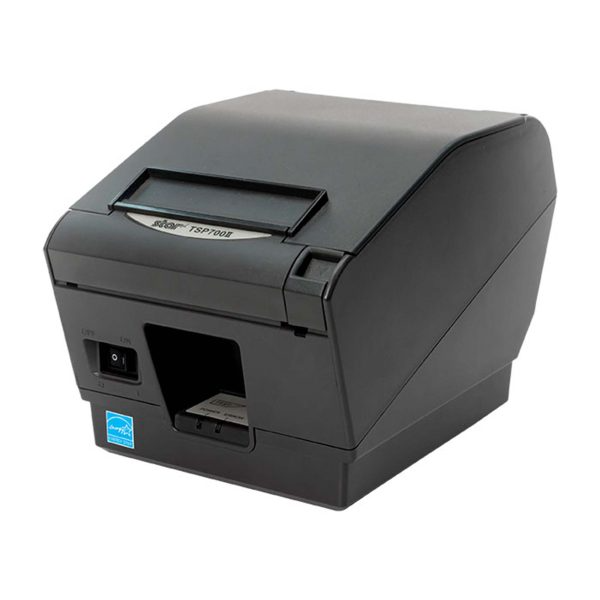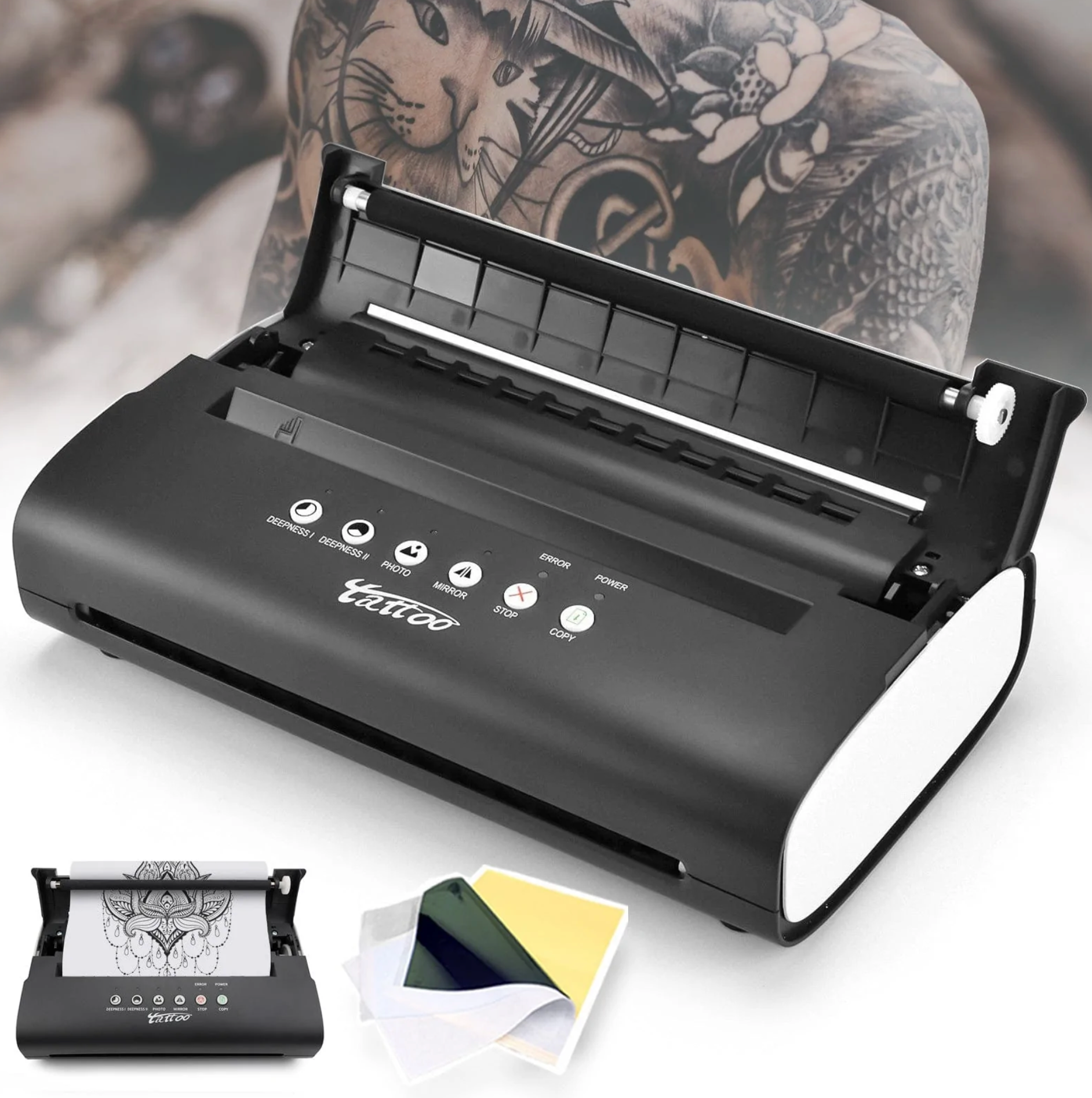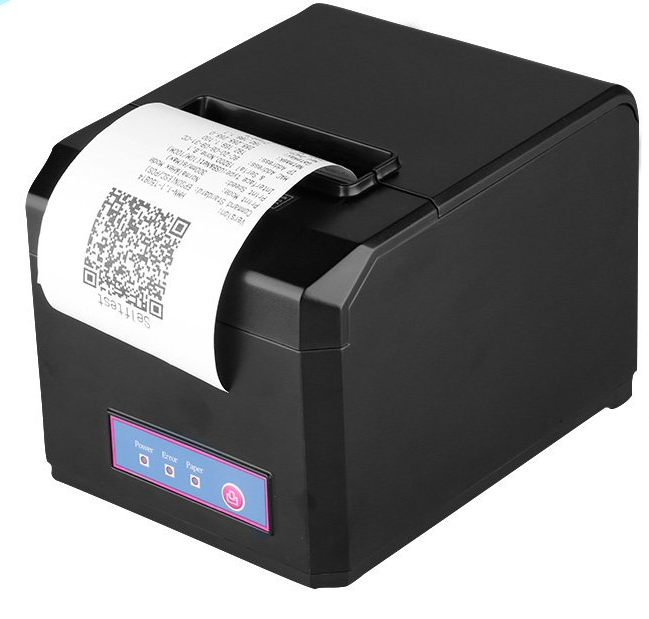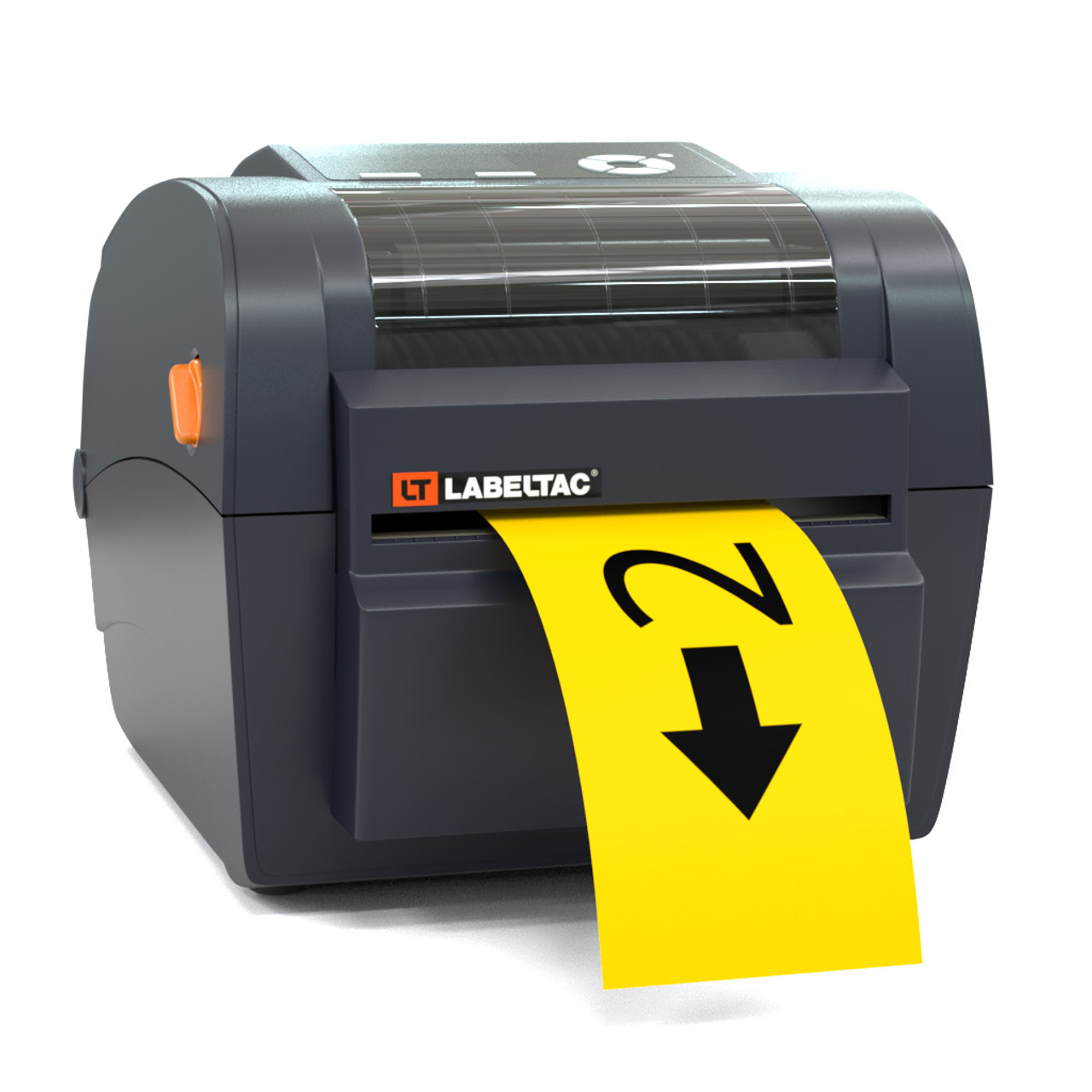In the realm of printing technologies, thermal printers have carved a niche for themselves with their unique capabilities and efficiency. These devices, often overlooked, play a pivotal role in various industries, from retail receipts to industrial labeling and even portable ticketing systems. Let’s delve into the inner workings of thermal printers, their types, applications, advantages, and the future they are shaping.
Understanding Thermal Printing Basics
How It Works: Heat Activating Imprints
At its core, thermal printing technology relies on heat to produce images or text on a specialized medium, typically thermochromic paper or thermal labels. The process involves the printer head, a matrix of tiny heating elements, coming into contact with the thermal paper. When activated, these elements cause a chemical reaction in the coating of the paper, resulting in the formation of the desired print. Unlike inkjet or laser printers, thermal printers eliminate the need for ink or toner, making them a more eco-friendly and low-maintenance option.
Types of Thermal Printers: Direct vs. Thermal Transfer
Direct Thermal Printing: Instant and Temporary
Direct thermal printing is the simpler of the two methods. It uses heat directly onto heat-sensitive paper, producing prints without the need for any additional materials. This method is commonly seen in grocery store receipts, event tickets, and shipping labels. The prints, however, are susceptible to fading over time with exposure to heat, light, or friction, limiting their longevity.

Thermal Transfer Printing: Durable and Long-lasting
Thermal transfer printing, on the other hand, employs a ribbon coated with a heat-sensitive ink or resin. The heat from the printer head melts the ink, transferring it onto the substrate, such as polyester labels or tags. This technique yields more durable prints resistant to environmental factors, ideal for applications requiring longevity, like asset tagging, barcode labels, and outdoor signage.
Applications Across Diverse Sectors
Retail and Point-of-Sale
Thermal printers are ubiquitous in retail, where they swiftly churn out receipts and labels at checkout counters. Their speed and reliability streamline transactions, reducing wait times for customers.
Healthcare Documentation
In the healthcare sector, thermal printers find application in printing patient wristbands, medication labels, and test result stickers. Their ability to produce smudge-proof, legible prints ensures accuracy and safety in critical environments.
Logistics and Warehouse Management
For tracking and inventory management, thermal transfer printers play a pivotal role in creating long-lasting barcode labels and shipping labels that withstand the rigors of transportation.
Mobile Printing Solutions
Portable thermal printers have revolutionized on-the-go printing needs, enabling ticket issuance, mobile POS transactions, and fieldwork documentation, demonstrating the versatility of thermal printing technology.
Advantages That Set Them Apart
Cost-Effectiveness
Thermal printers, particularly direct thermal ones, have lower operational costs due to the absence of ink or toner cartridges. They require minimal maintenance, translating into significant savings over time.
Speed and Efficiency
These printers excel in high-speed printing, producing prints almost instantly. This capability is invaluable in high-volume printing environments like supermarkets and logistics centers.
Eco-Friendliness
Without the need for consumables like ink, thermal printing reduces waste production, making it a greener alternative to traditional printing methods.
Ease of Use and Maintenance
Thermal printers are user-friendly, with straightforward setup processes and low maintenance requirements. Replacement parts, such as the printhead or thermal ribbons, are easily accessible when needed.
The Future of Thermal Printing
Thermal printing, a technology that has been around for decades, continues to evolve and find new applications in various industries. It works by selectively heating thermal paper or specialized film, which changes color to form the desired text or images. As we look ahead, several trends and advancements are shaping the future of thermal printing:
Sustainability
With growing environmental concerns, there’s a push towards more eco-friendly thermal printing solutions. This includes the development of biodegradable or recyclable thermal papers, as well as efforts to reduce energy consumption during the printing process. Additionally, some companies are exploring alternatives to traditional thermal paper, such as using direct thermal materials that don’t require ink or toner.
Enhanced Durability
While thermal prints were once known for their limited lifespan and vulnerability to heat and light, innovations in thermal media have led to more durable prints resistant to fading, water, and abrasion. This is particularly important for industries like logistics, healthcare, and retail where longevity of labels and receipts is crucial.
Higher Resolution and Color Printing
Traditionally, thermal printing was associated with monochrome output. However, advances in technology now allow for higher resolution prints and even color thermal printing. This expansion into color opens up new possibilities for graphic-intensive applications, such as advertising, ticketing, and product labeling.
Integration with IoT and Automation
The Internet of Things (IoT) and automation technologies are increasingly being integrated with thermal printers, enabling real-time data tracking, remote monitoring, and on-demand printing. This not only enhances efficiency but also allows for more personalized and dynamic printing solutions, such as customized receipts or labels based on customer data.
Mobile and Portable Devices
The demand for portable and mobile thermal printers is on the rise, driven by industries like delivery services, event management, and mobile point-of-sale systems. These compact devices, often Bluetooth-enabled, provide flexibility and convenience, allowing for printing anywhere, anytime.
Security Features
In sectors like pharmaceuticals and high-value goods, anti-counterfeiting measures are becoming more critical. Advanced thermal printing technologies can incorporate security features such as unique identifiers, barcodes, QR codes, and even invisible inks, enhancing traceability and product authentication.
Cost Efficiency
Despite the advancements, thermal printing remains one of the most cost-effective printing methods due to its minimal use of consumables and low maintenance requirements. Innovations continue to drive down costs, making it an attractive option for businesses of all sizes.

In conclusion, the future of thermal printing is bright, characterized by ongoing technological advancements aimed at improving sustainability, durability, functionality, and efficiency. As these technologies mature, we can expect thermal printing to penetrate further into new markets and applications, offering innovative solutions tailored to the evolving needs of businesses and consumers alike.
Conclusion: A Time-Tested Technology Evolving with the Times
Thermal printing, with its simplicity, efficiency, and adaptability, has solidified its position as a fundamental tool across various industries. From simplifying daily retail operations to enabling on-demand label printing in remote locations, thermal printers demonstrate the power of innovation in meeting diverse needs. As technology pushes the boundaries of what’s possible, thermal printing continues to evolve, promising a future where it remains not just relevant, but integral to how we document, track, and communicate.


